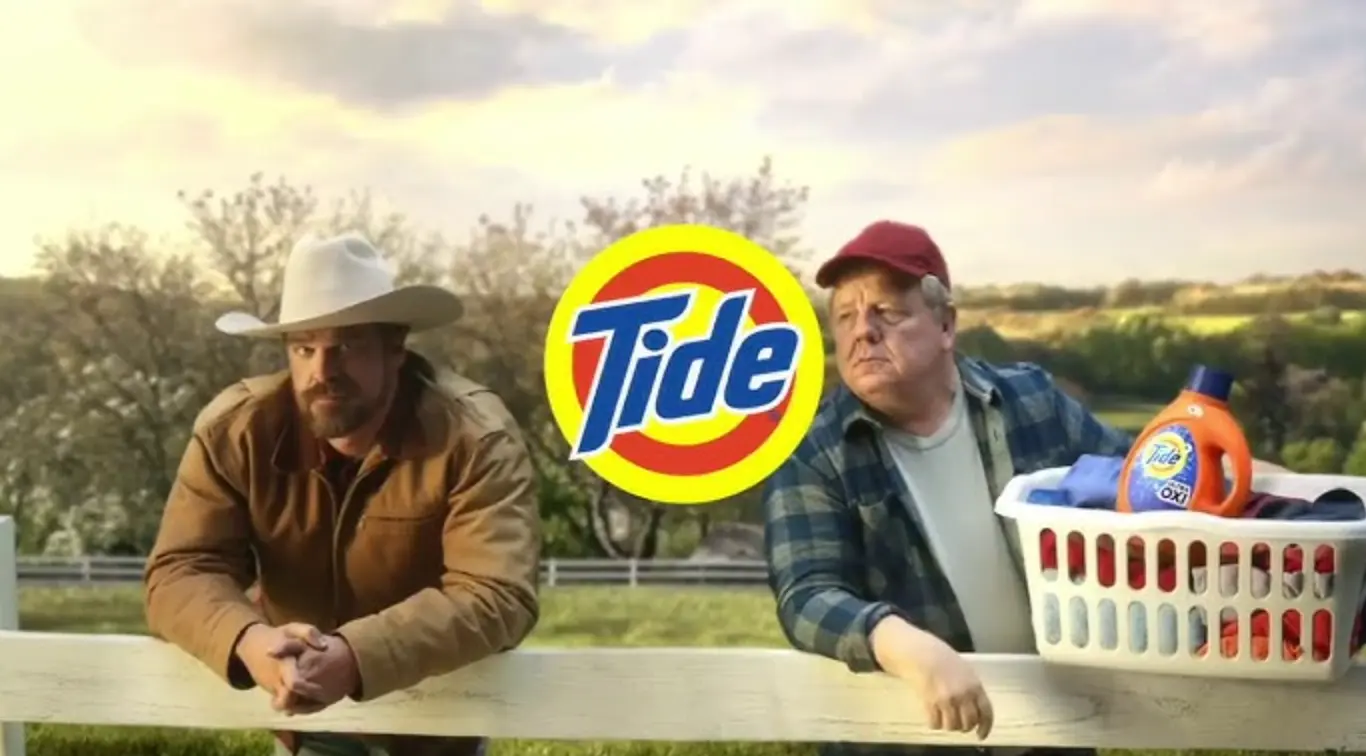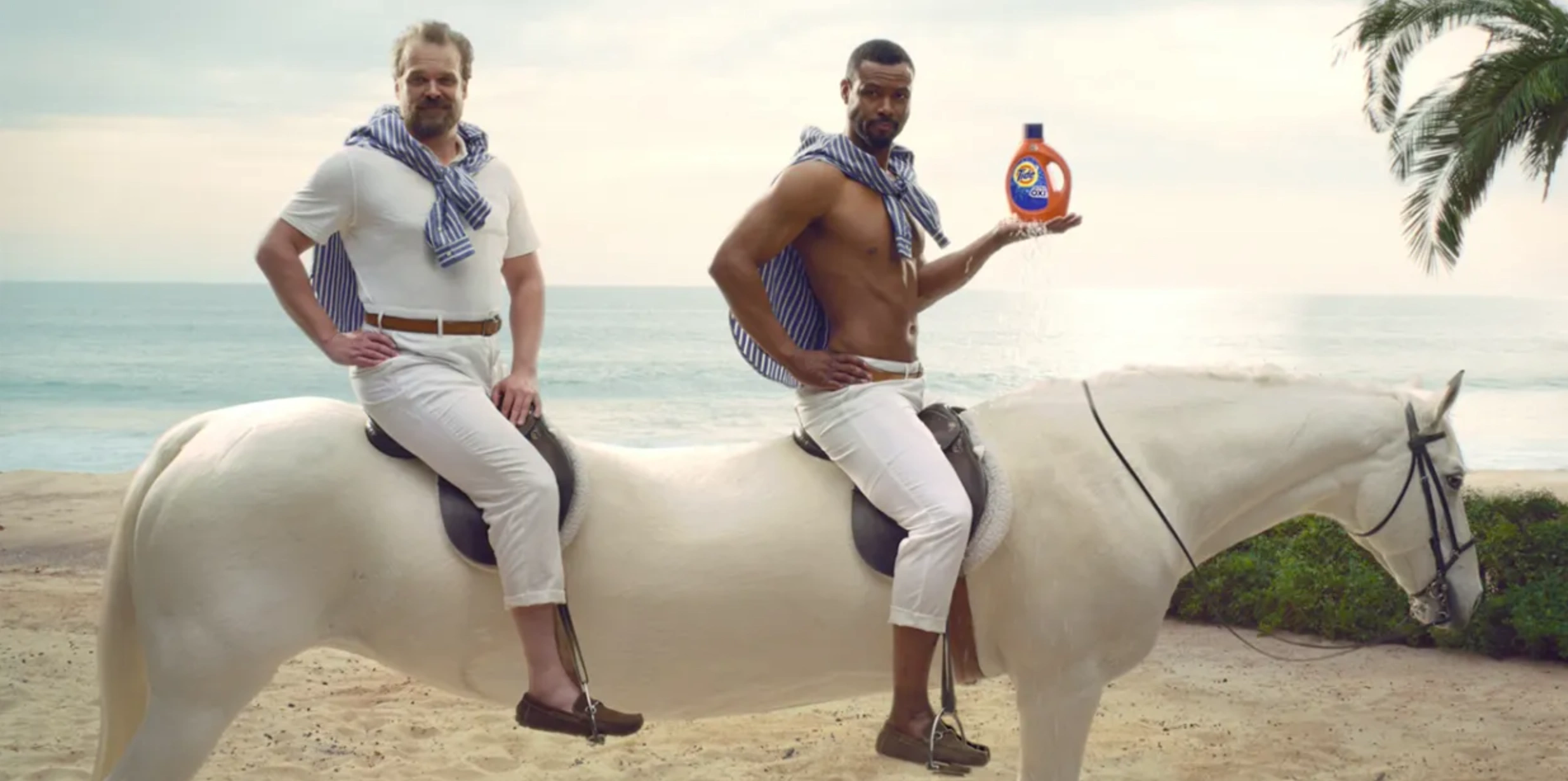Top National TV Ad Spenders in History
Updated on
Published on

Who really owned America’s biggest screen? From P&G’s decades-long dominance to Amazon’s breakout year, the biggest TV ad spenders have used national TV to launch products, build characters, and win cultural moments. Annual tallies routinely put Procter & Gamble at or near the top of U.S. advertisers, a proxy for long-run TV muscle (Marketing Dive). And when a disruptor needs instant ubiquity—think Amazon’s ~$7B U.S. outlay in 2019—TV is still the fastest way to reach everyone at once (Axios).
At a glance
- P&G’s enduring lead: Multi-year No. 1 or top-tier spender in the U.S., reflecting a portfolio built for broad-reach TV (Kantar via Marketing Dive).
- Amazon’s spike: 2019’s top U.S. advertiser at roughly $7B, showing how retail, Prime, and devices push mass-media buys (Kantar via Axios).
- Weekly TV reality: Insurance, auto, retail, pharma, and entertainment rotate atop national linear TV leaderboards (live view via iSpot).
- Sports: 2025’s Super Bowl drew 127.7M viewers; a :30 ran up to $8M, concentrating the highest TV ad spend into one night (Nielsen via Reuters).
1) The perennial giant: Procter & Gamble
If you’re mapping biggest TV advertising spenders over decades, you start with Procter & Gamble—a multi-decade U.S. ad leader with $2.9B in 2018 alone (all media), and a portfolio (Tide, Febreze, Pampers) built for broad-reach TV. P&G’s TV heritage is so deep that it was piloting HD commercials in the 1990s, underscoring television’s centrality to its playbook. Even when P&G trims digital lines, it often reinforces proven channels—one reason its brands keep showing up among national TV’s heaviest rotations. Long-run budget plus TV-native categories is the recipe for staying on top (Marketing Dive, Wired).
- P&G is a multi-decade ad leader built on brands needing broad TV reach.
- Its deep TV commitment keeps it among the heaviest national spenders.
2) The disruptor spike: Amazon’s late-2010s leap
In 2019 Amazon flipped the script—America’s top advertiser at roughly $7B U.S. spend—driven by Prime, hardware, retail events, and originals that demanded mass-media reach. That single-year surge proved how a digital-first giant can become a top TV buyer when growth moves into mainstream households at Super Bowl-scale speed. The move also normalized heavy TV for other digital natives, echoing earlier U.K. patterns where online brands became top TV spenders. When a disruptor needs ubiquity fast, TV is still the pedal that hits the floor (Axios, The Guardian).
- Amazon was the top U.S. advertiser in 2019, driven by Prime and hardware.
- This surge showed how digital giants buy TV for instant ubiquity.
3) Telecom and media conglomerates: reach as a utility
Telecom and media parents—AT&T/WarnerMedia, Comcast/NBCU, Verizon—cycle near the top of all-media spenders, and their portfolios (wireless, broadband, streaming, networks) keep national TV humming year-round. When you sell pipes and programming, TV reach is the product and the promotion. Kantar’s annual top-advertiser lists regularly feature these groups, a reminder that distribution businesses fuel some of TV’s steadiest budgets. It’s why they belong on any long-view leaderboard of biggest TV ad spenders (Marketing Dive).
- Telecom and media parents are steady top spenders, selling both the pipes and the programming.
- These groups fuel constant TV budgets to promote wireless and streaming.

4) Insurance: the always-on category
Those omnipresent GEICO, Progressive, and Allstate characters aren’t an accident; insurance relies on frequency, distinctive assets, and constant reach to harvest demand when it arises. On weekly national TV charts, multiple carriers are near-permanent fixtures across sports, news, and prime, often buying with high rotation to keep salience from slipping. The category’s fundamentals—huge TAM, low interest until “now,” then brand recall at claim time—fit TV perfectly. If you want a live snapshot, iSpot’s leaderboard shows the pattern in real time (iSpot).
- Insurance relies on constant frequency to ensure recall when claims occur.
- Multiple carriers are permanent fixtures on weekly TV spend charts.
5) Pharma and health: the pandemic window
Between 2020 and 2022, health and household brands rode a unique TV moment—high co-viewing and information-seeking—lifting them onto national spend charts. From Jan–Aug 2021, P&G’s Tide ($113.6M), Downy ($95.8M), and Febreze ($75.3M) ranked among top brand-level national TV buyers, illustrating how household and health-adjacent lines leaned on TV. On news programming alone, health advertisers poured $132M into primetime broadcast/cable news during COVID’s early peak (Adweek, Center for Media Engagement (PDF)).
- Health and household brands heavily increased TV spending during the pandemic.
- This validated TV’s role in public information delivery and news programming.

6) Automotive: cyclical—and massively important
Auto has long been a pillar of national TV, but it’s sensitive to inventory cycles and macro turns. In April 2025, automotive national TV spending fell ~24% YoY to $160.3M, with impressions down ~20%, a reminder that even foundational categories ebb. When auto slows, insurance, retail, and entertainment visibly climb on weekly spend boards as they soak up available GRPs. TV’s marketplace is dynamic—category rotation is baked in, week to week (MediaPost, iSpot).
- Auto is a core TV pillar, but its spending fluctuates with economic cycles.
- When auto slows, other categories like retail fill the available ad spots.
7) Retail & eCommerce: Q4 is the launchpad
Retailers time national TV to the calendar—back-to-school, Black Friday, and holiday promotions—spiking spend when baskets are biggest. Amazon’s 2019 leap showed how retail events can catapult a brand to the very top of all-media rankings, and big-box chains routinely flood Q4 sports and specials to dominate mindshare. Watch weekly charts during November–December and you’ll see retailers elbow into the top 10. TV still sets the stage when the nation is shopping together (Axios).
- Retailers spike national TV spend around key events like the holiday season.
- Q4 sees major chains dominate mindshare through heavy sports and special buys.
8) Entertainment & streaming: promoting the pipes with the content
Streamers and studios buy TV to sell TV—counterintuitive but effective. Launch weeks for flagship series, live sports rights, or platform bundles deliver concentrated national schedules that pop on the weekly spenders list. Media parents (Comcast/NBCU, WarnerMedia, Disney) thus show up twice: as distribution giants and as content promoters, further reinforcing their long-run TV muscle. In this sense, biggest TV ad spenders includes both the network that airs the game and the service that wants you to watch the next one (Marketing Dive, iSpot).
- Streamers buy TV ads to promote new shows, sports, and platform bundles.
- Media parents appear twice as both distribution giants and content promoters.
9) Sports = gravity well (and the Super Bowl proves it)
Sports remain appointment viewing that brands cannot replicate elsewhere. In 2025, the Super Bowl reached a record 127.7M viewers on a single telecast, with :30s priced up to $8M—the densest concentration of the highest TV ad spend you’ll find in one night. Beyond living rooms, out-of-home viewing in bars and group settings stacks incremental impressions, further juicing value. If you track nothing else, track sports: it’s where national TV money clusters most reliably (Reuters, Nielsen).
- Sports offer unmatched, non-replicable audiences that brands cannot ignore.
- The Super Bowl concentrates the highest TV ad spend into a single night.

FAQ
Who tops the “all-time” list of biggest TV ad spenders?
There’s no single audited all-time TV ledger, but long-run evidence points to Procter & Gamble as the most consistent top advertiser, with TV as a core channel year after year.
Which brands made the biggest modern jumps?
Amazon vaulted to the No. 1 U.S. advertiser slot in 2019 at roughly $7B spend—an era-defining spike driven by Prime, hardware, and entertainment pushes.
Why do insurance ads seem to run everywhere, all the time?
Insurance relies on constant reach and distinctive assets; multiple carriers rank among weekly national TV top spenders across sports, news, and prime.
Did pharma really ramp up TV during the pandemic?
Yes. Health and household brands rose on national charts; for example, Jan–Aug 2021 saw Tide ($113.6M), Downy ($95.8M), and Febreze ($75.3M) among top brand-level TV buyers.
What makes the Super Bowl the most expensive TV buy?
Unmatched reach and cultural centrality: the 2025 game hit 127.7M viewers, with :30 units priced up to $8M, making it the apex of national TV economics.
Why do retailers surge in Q4?
Because baskets are biggest. Expect national TV spikes around Black Friday and holiday sports/specials, and note that Amazon’s 2019 surge is the clearest example of retail scale translating into TV dominance.
Where the Money Meets the Moment
Zoom out and a pattern emerges: enduring spenders (P&G, telecom/media, autos) keep national TV loud year-round, spiky disruptors (Amazon) hit the gas during pivotal years, and sports—especially the Super Bowl—compress the highest TV ad spend into a few unmissable hours. If you watch Kantar’s annual lists for stamina, iSpot’s weekly board for live firepower, and the sports calendar for cultural gravity, you’ll see the same names cycle to the top again and again.







